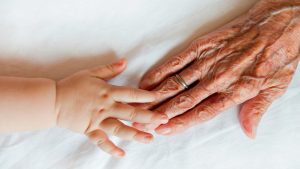 Everyone wants to have the best life expectancy—that is the number of years you can expect to live. Of course, the better your life expectancy is, the longer your life will probably be. The good news is that you have a lot of control over your life expectancy. By improving your diet and getting more exercise, spending time in nature, and avoiding stress can all help to extend your life expectancy.
Everyone wants to have the best life expectancy—that is the number of years you can expect to live. Of course, the better your life expectancy is, the longer your life will probably be. The good news is that you have a lot of control over your life expectancy. By improving your diet and getting more exercise, spending time in nature, and avoiding stress can all help to extend your life expectancy.
There is, however, one thing that appears to life expectancy that is also, unfortunately, a little harder to control. A new study suggests that the income gap affects life expectancy and the lower end of the spectrum gets the short end of the stick.
In this study, researchers found that the life expectancy gap between the richest and poorest girls and women, in the United Kingdom, rose from a 6.1-year difference in 2001 to a 7.9-year difference in 2016. Similarly, but not quite as dramatically, the life expectancy gap between boys and men, in the United Kingdom, also rose. The difference in this case, however, changed from 9 years to 9.7 years.
In the study, researchers found that life expectancy at birth, in 2016, was consistently lower across the board in the less affluent communities. And the more deprived the community, perhaps, the greater the life expectancy gap.
While this study looked only at people in the United Kingdom, a similar study examined life expectancy in the United States. That study looked at populations between 1983 and 1999 and also found a steady increase in life expectancy inequality between the more and less affluent communities.
Overall, World Health Organization statistics describe that global life expectancy at birth, last years, was 72 years. And since 2000, the WHO says global average life expectancy increased by 5.5 years; that is the most dramatic increase since the 1960s.
